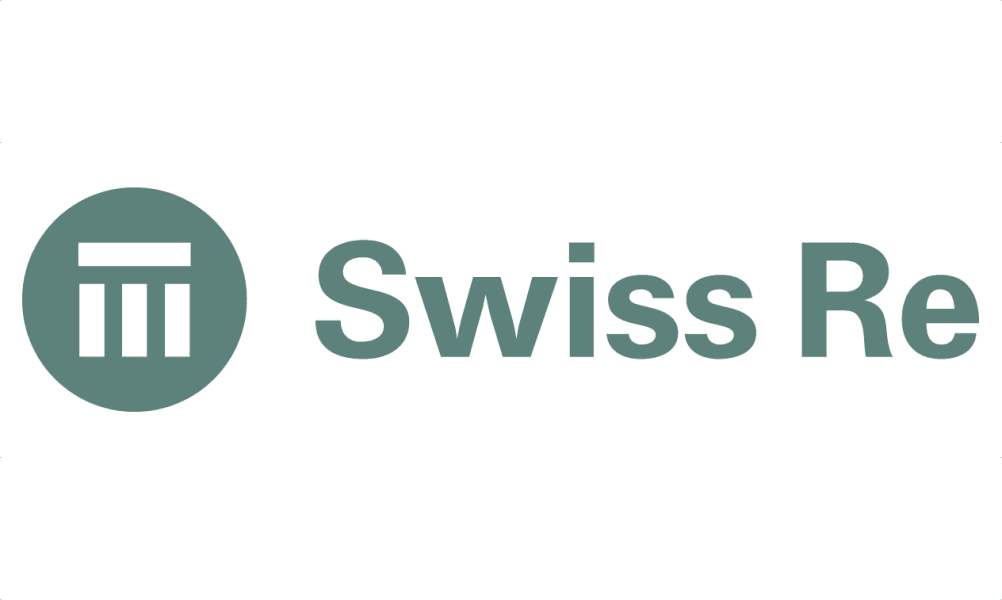Jeremy Lane, Head of US Mortality Services at Swiss Re, underscores the increasing significance of Accelerated Underwriting (AUW) for insurance companies by enabling them to leverage technology for faster decision-making and quote delivery, thereby streamlining processes.
Lane highlights the ongoing transformation in the insurance industry, driven by efforts to improve the customer experience and leverage digitalisation with new data sources.
AUW aims to simplify the acquisition of vital information in a more efficient and user-friendly manner. It empowers underwriters to focus on data sources that genuinely enhance risk assessment as underwriting tools evolve and processes grow more intricate.
Lane elaborates on key tools such as “MIB, MVR, prescription information (Rx), LexisNexis (LNRC), Transunion (TRL), Milliman Risk Score, ExamOne’s LabPiQture, and Milliman’s Medical Data (Dx). Further, Electronic Health Records (EHRs) and smart ordering frameworks with personalised assessments are also quickly gaining momentum.”
“Successful AUW programs require robust monitoring methods, including random holdouts (RHO), post-issue attending physician statements (APS), placement rate monitoring, sales distribution shift identification, and agent monitoring,” he adds.

The evolving AUW process is indicating early signs of mortality experience, with some data suggesting higher mortality rates than expected, possibly influenced by the COVID-19 pandemic. Lane emphasises the importance of aligning risk selection with profitability expectations.
Challenges arise from potential risks associated with increased mortality misclassification. Data analysis reveals an average misclassification rate of about 15%, with some carriers exceeding 30%. This trend has been on the rise in recent years, with a clear correlation between misclassification and the degree of acceleration.
Furthermore, Lane emphasises that partnerships will be crucial for AUW to further evolve. He stresses the importance of robust monitoring, careful evaluation of new tools, and further research to maximise the benefits of digital solutions for underwriting while minimising potential risks.














